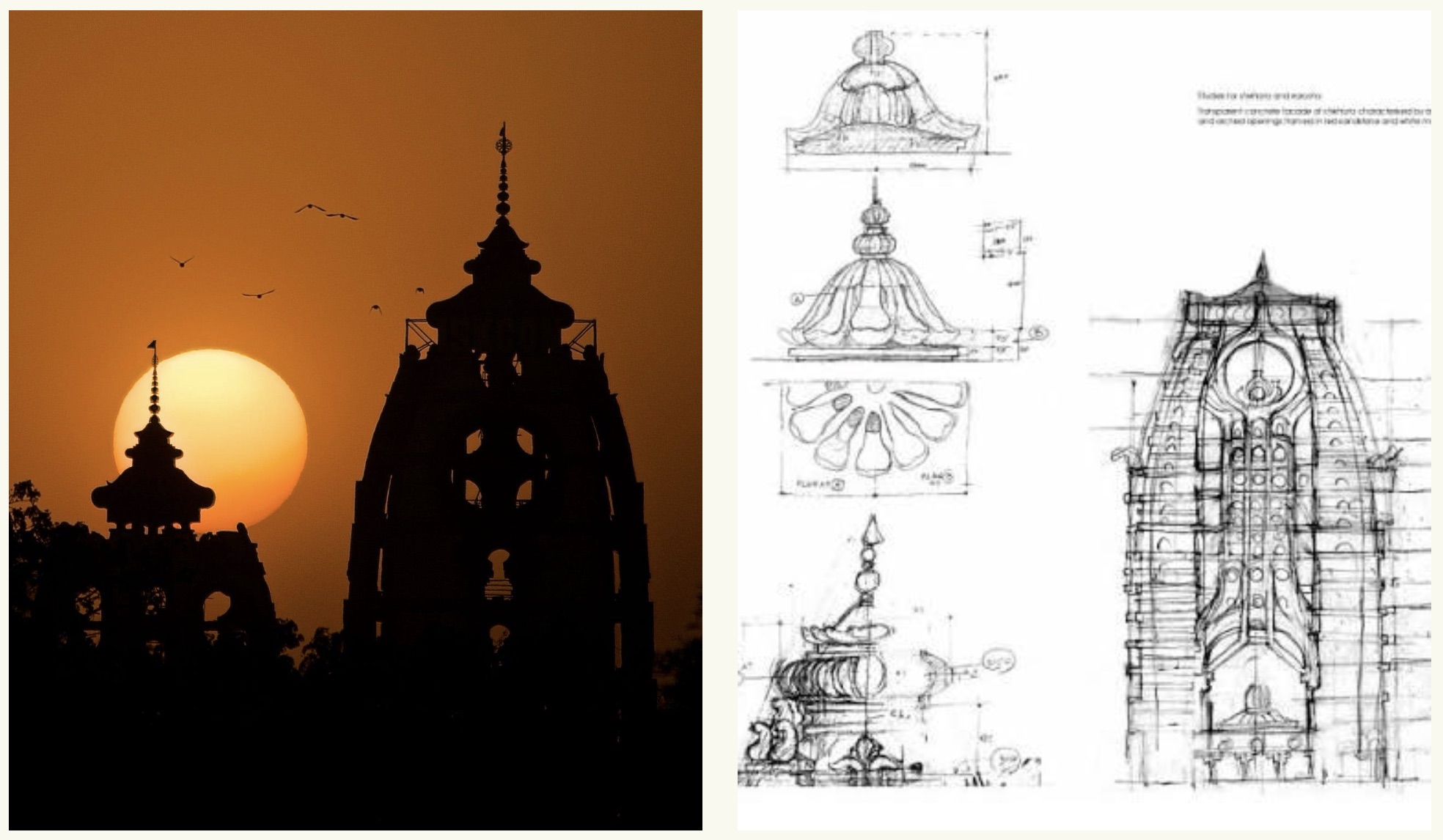
Many would agree when I say that Didi Contractor, and the likes of her, can be treated as singular as they could be. We seldom come across someone whose approach to architecture, at times, seems like a modest defiance of the conventions. Whether the point was to be someone who forged a unique path in a career despite having no formal training or having lived and practiced in a way that preached unadorned values, which seems so revolutionary in today’s chock-full world—saturated and overflowing—Didi was an exemplary example.
The manifestation of this thought continues to reverberate in Lakshmi Swaminathan’s book, “A Call to Return: A Journey with Didi Contractor.” While we may be acquainted with Didi through the numerous available archives of interviews, movies, articles, and presentations, Swaminathan’s book is a microscopic and very intimate view of Didi. It is like a prism, refracting the many facets of Didi’s philosophy, interests, concerns, teachings, and learnings. Instead of being chronological, Lakshmi structures the book into four distinct sections.
We are invited into Didi’s world, as the book shifts the focus on different aspects of Didi’s philosophy of life and work.
The first section is a powerful way of acquainting the readers with who Didi was before she became the “Didi” that the world is familiar with. The second section collates Didi’s ideas of what living responsibly and in tandem with the environment, entails. The reflection on her practice continues to grow from here on and is strongly showcased in the third section, where we get a glimpse of Didi’s fundamental approach to building and the creative processes that she continues to impart to her students, neighbours, clients, construction workers, guests, friends, and so on. The fourth and final section is in a way a collection of all the knowledge (including the non-architectural) where we experience the words of a teacher giving us a glimpse of her passion and inspiration.
The book is punctuated by Swaminathan’s voice positioning us sufficiently for Didi’s voice. The meticulousness of the transcribed chapters and the detailed interviews comes through. We are imparted with Didi’s teachings that are inundated with details on construction techniques, living in harmony with nature, sustainability, imbuing lessons and techniques to her students through different exercises, the reusing of resources like water and other construction materials, living, constructing, creating, salvaging, and to always being in harmony with nature. The book becomes another learning opportunity for those who never had the privilege of interacting, studying, or working with her, including the future generation.

Didi’s frugal and simplistic living is mirrored in Swaminathan’s treatment of the book, both in writing (jargon-less!) and the sparing use of black and white photographs and illustrations. It is one of the strengths of the book—the refusal of unnecessary embellishments. There is no fluff. There are no exaggerations. It makes the book accessible to an audience beyond that of architecture, giving more than an insight into an otherwise seemingly closed community. This is refreshingly distinct from the customary architectural publications that we are so used to. The book reflects Didi’s philosophy of living unpretentiously and very simply as we get to know a woman who viewed architecture as a deeply collaborative act between the community, the builder, and the nature itself.
But it cannot be read as a simple recounting of Swaminathan’s reflections, or Didi’s approach towards sustainability. The book has the ability to create critical queries about the role of self, architecture, and community in today’s era of climate change. They also become a reflective lesson to contemporary practitioners. While prompting the readers to reflect on their own lifestyle choices and relationship with the environment, it can also be interpreted as a call to live in a more thoughtful way.
In all the reflectiveness towards the moral and ethical approach to living sustainably, “A Call to Return” is more than just a collation of Didi’s life and philosophy. It is a resource that will undoubtedly inspire architects, environmentalists, and anyone interested, providing a profound alternative, inviting us to reconsider our ways of living and practising and our relationship with the spaces and the world we inhabit.
The book is as much Didi’s voice as it is of Swaminathan’s, at times, even more so.
Book Details:
Name: A Call to Return: A Journey with Didi Contractor
Pages: 168 pages
Author: Lakshmi Swaminathan
Publisher: Banyan Tree (an imprint of Takali)
ISBN: 9789382400462








